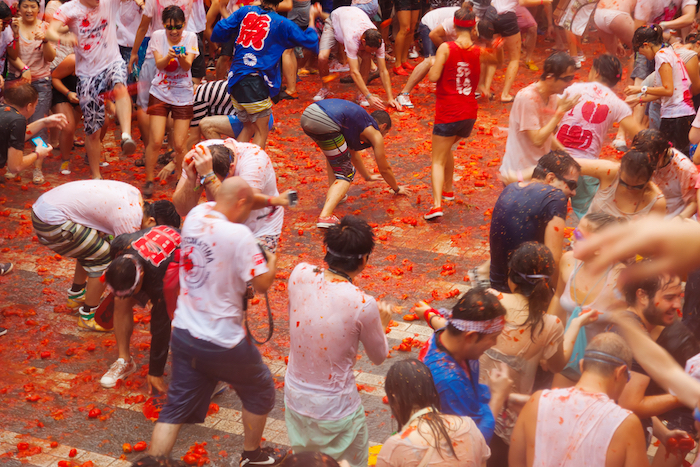
Headed off to Spain? From practical jokes to pelting tomatoes, here are a few unique traditions in Spain that might surprise you.
Unique Spanish Traditions
1. April Fool’s Day… in December
Spain celebrates its own version of April Fool’s Day on 28th December, Santos Inocentes (Holy Innocents). It’s a merry old day that sees people play pranks on each other, for example, sticking paper cut-outs on people’s backs. Those who do manage to trick people call them ‘Inocente, inocente’. Inocentadas means both practical joke and innocents in Spanish, hence the date. Even the media joins in.
Traditionally, the date is a much more solemn occasion. It remembers the biblical story where, upon hearing that the next King of the Jews was to be born, King Herod ordered for all boys in Bethlehem aged two years old and under to be executed. The day marks the innocent souls lost on that night. Today, Santos Inocentes is a merry old day, where people play practical joke
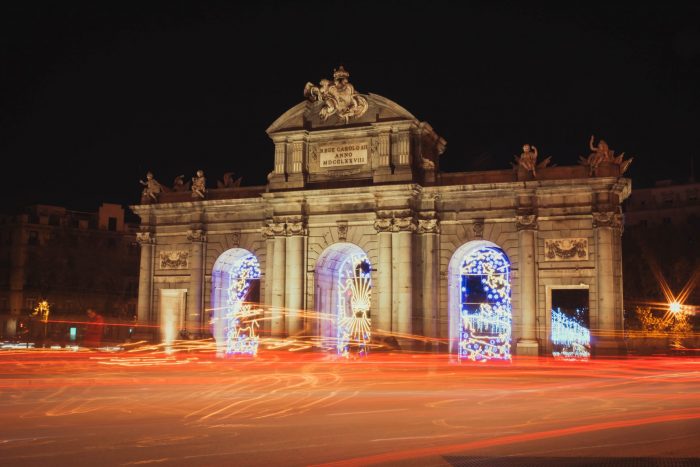
2. Start the New Year on the right foot
In Spain, tradition holds that you literally have to start the year off on the right foot. Your first step after midnight should be on your right leg to usher in love, fortune and luck in the new year.
There are dozens of unique New Year’s Eve traditions in Spain. Another popular tradition stipulates that you should wear red underwear on New Year’s Eve. Wearing red undies will give you the best change of finding love.

3. Eating twelve grapes
Another popular New Year’s tradition in Spain involves grapes – and lots of them. In Spain, when the clock strikes midnight you should gobble down 12 grapes, one for each month of the year and one for each disciple. That’s not all though, you must pop the whole grape in your mouth, one at each stroke of the clock. This is no mean feat! Shops sell small, seedless grapes, especially for this occasion.
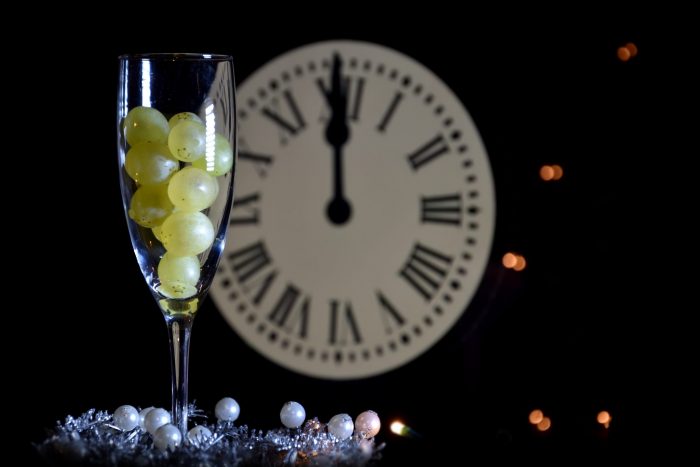
4. Siesta time
A siesta is a short, planned nap. It means that workers can beat the mid-day heat and aligns with the country’s ingrained working hours (around 09:00–14:00 and 16:00–20:00). The tradition dates back to ancient Rome and in Italy many still take a riposo, the equivalent of a Spanish siesta. However, the modern Spanish siesta first emerged after the Civil War. It was common for people to work two jobs to support their families — a morning shift and an evening shift. Having a two-hour break in between allowed them to recharge a bit before going to their next job, or merely to get from one place to another.
Contrary to the stereotype, recent research shows that Spanish workers put in more hours than any of their European counterparts. Almost 60% of Spaniards never have a siesta, while 18% will have a midday nap. According to the Organisation for Economic Co-operation and Development (OECD), Spaniards rack up 1,691 hours at work each year while British workers do 1,674 annually and the Germans work just 1,371 hours a year.
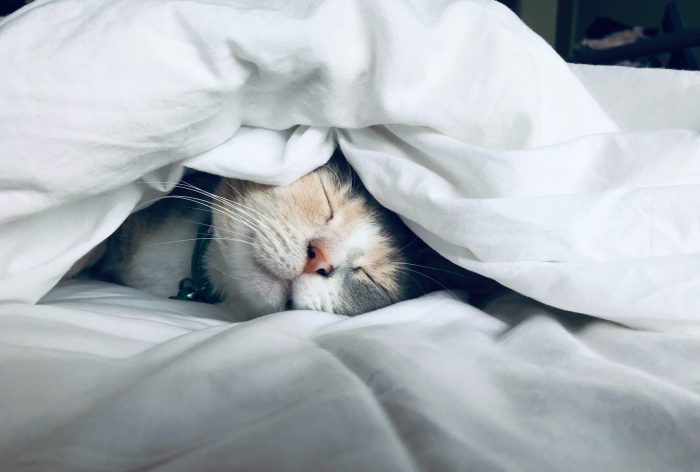
5. La Fiesta de Tomatin
Every town, village and hamlet throw a fiesta at least once a year. From colourful Carnival in Cadiz and Santa Cruz de Tenerife to bonfires in San Juan, you could practically attend a festival every day in Spain if you want to. But La Fiesta de Tomatin is probably the country’s most unusual festival. It takes place every year in the Valencia town of Brunol on the last Wednesday of August. Esssentially, participants spend at least around an hour lobbing tomatoes at each other.
The festival’s origins are just as unusual. In 1945, a group of youths attended the Giants and Big Heads Parade kitted out with big heads. One of their heads fell of, they flew into a rage and started throwing vegetables from a nearby market stall. The crowd joined in. The next year, the youths brought their own tomatoes. The rest is history.
Francisco Franco banned the festival in the early 1950s but people kept the tradition going, despite getting arrested. Today thousands of locals and tourists decent on the tiny town to participate.
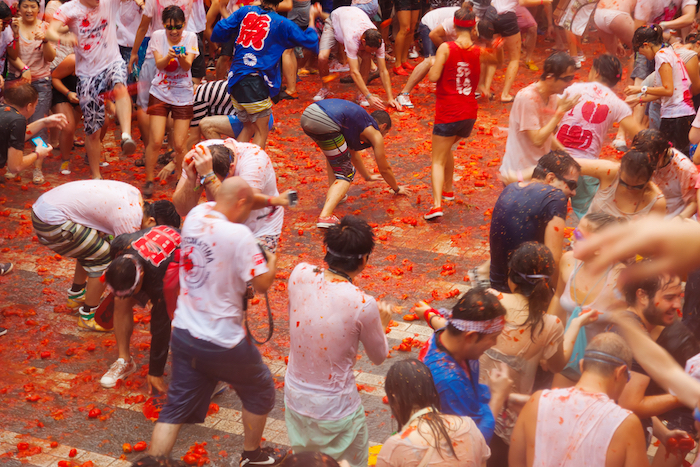
6. Christmas lasts a seriously long time
In Spain, they go big on Christmas. The festivities kick of on the 8th December, the Day of the Immaculate Conception, and end on 6th January, Epiphany. Most people put their decorations up on the 8th and keep them for the whole month.
Christmas Eve is more important than Christmas Day too. Known as Nochebuena, the day ends with a Midnight Mass service, known as La Misa Del Gallo (The Mass of the Rooster). The name derives from the story that a rooster crowed the night Jesus was born. The Spanish also eat the main Christmas meal on Christmas Eve, instead of Christmas Day. Meals vary from region to region, but they usually involve lots of seafood dishes. Most peoples finish up with a Roscón de Reyes, a cake filled with whipped cream and topped with cream. The chef will hide a bean and a toy inside the cake too. Whoever finds the toy gets to wear a crown, and whoever finds the bean needs to provide a Roscón de Reyes the following year.
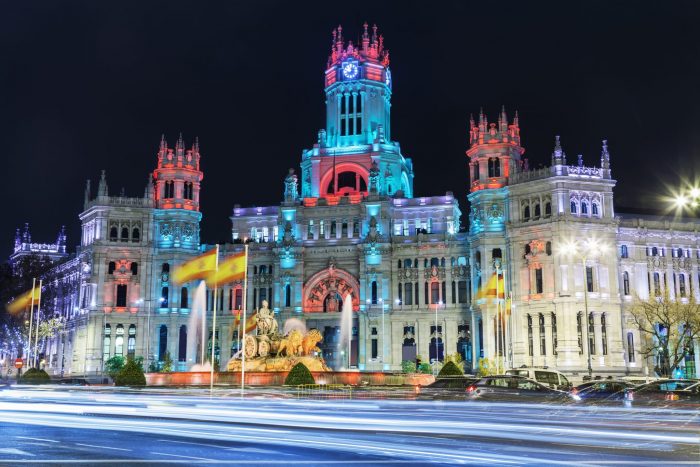
7. Bullfighting
This controversial ritual is one of Spain’s oldest traditions. Traditionally, a show involves three bullfighters, who each performs a bullfighting performance with six wild bulls. The show is usually split into three stages: the picadores (on horseback), the bandilleros (flagmen) and the torero, who wields the sword and red cape. An orchestra accompanies the beginning and end of the show.
A Spanish bullfighting arena is called the Plaza de Toros. All major Spanish cities have impressive bullrings but the most outstanding are those in Madrid, Seville, and Ronda.
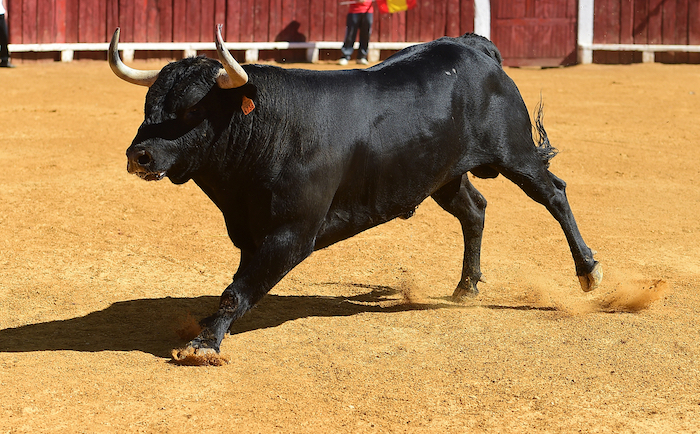
The post 7 Unique Traditions in Spain appeared first on Big 7 Travel.

